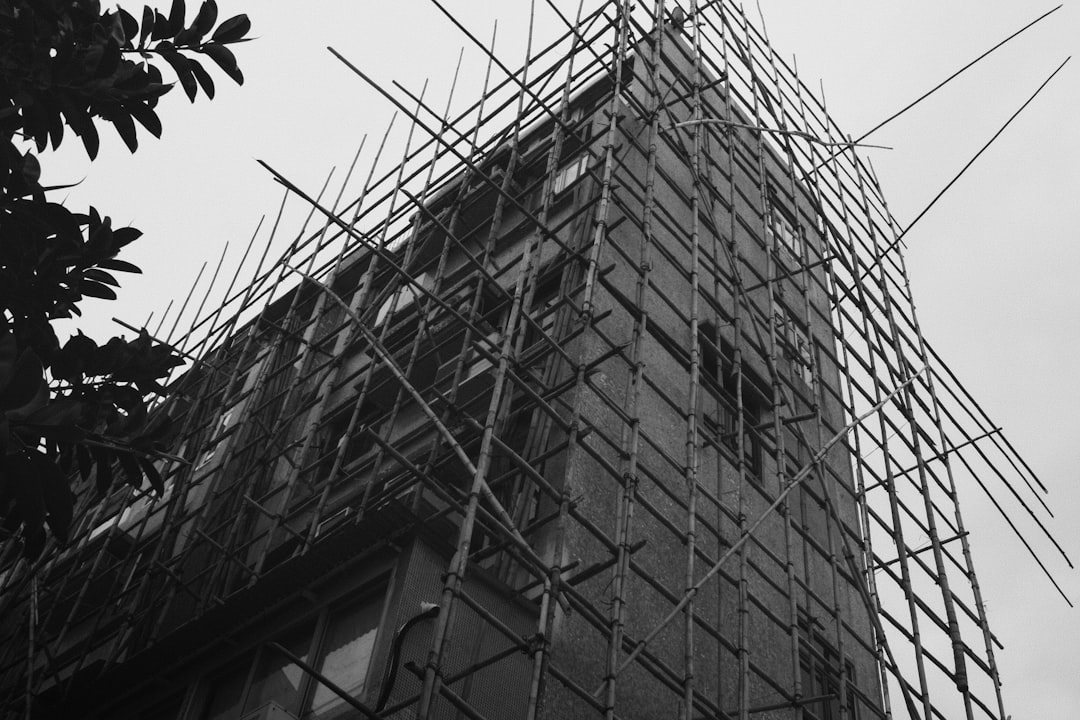
Rain cost can significantly impact construction budgets, with potential expenses ranging from $5,600 to $11,200 for a custom home shell. This hidden cost includes weather-related delays, moisture damage, and additional materials. Understanding and mitigating rain cost is crucial for maintaining profitability in residential projects.
Clients rarely budget for weather surprises. When costs spike, confidence drops. Proactive rain-cost planning becomes a customer-service differentiator, demonstrating foresight and reliability.
1. Capture on-site weather observations and crew status hourly.
2. Cross-reference local meteorological feeds with historical project data.
3. Automatically add line items when rainfall thresholds are met.
4. Update estimates, schedules, and invoices for transparency.
Custom Home Shell (2,400 sq ft)
Average baseline budget: $280,000
Typical rain cost allowance: 2%–4% ($5,600–$11,200)
Asphalt Shingle Reroof (2,000 sq ft)
Average baseline budget: $11,500
Typical rain cost allowance: 6%–8% ($690–$920)
Rain-Barrel Harvesting System (2 barrels + gutters)
Average baseline budget: $1,800
Typical rain cost allowance: 1%–2% ($18–$36)
Note: Actual values vary by region and season; use CountBricks.com for localized figures.
Strategic design lowers immediate rain expense and safeguards against future moisture problems. Consider oversized overhangs, self-adhering membrane on eaves, and properly graded landscapes to divert stormwater.
Ready to protect your profit from the next downpour? Upload blueprints or start a voice session for a granular rain-cost projection in minutes—complete with recommended contingencies and material swaps. Visit CountBricks.com to begin.

The Oak Street bungalow renovation began in Florida’s late-summer storm season—a notoriously wet period. Historical data indicated a potential 7% rain cost, threatening to add $9,800 to the $140,000 budget.
Want similar savings on your next residential project? Explore service packages at CountBricks.com.